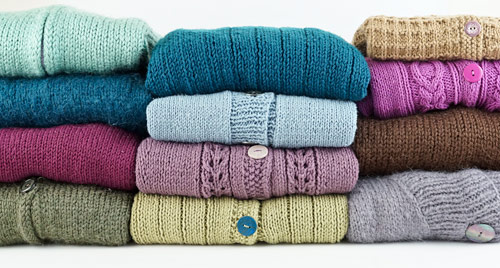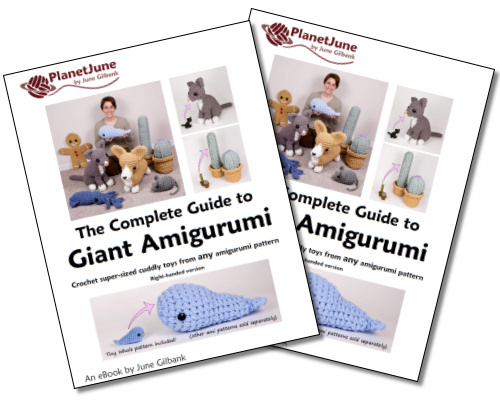
You might think I’d be running out of animal ideas to recreate in crochet, but there are lots of really obvious choices that I haven’t had a chance to make yet. Case in point: the national animal of Canada – how could I have not designed a beaver pattern yet?! Well, let’s rectify that right […]

















